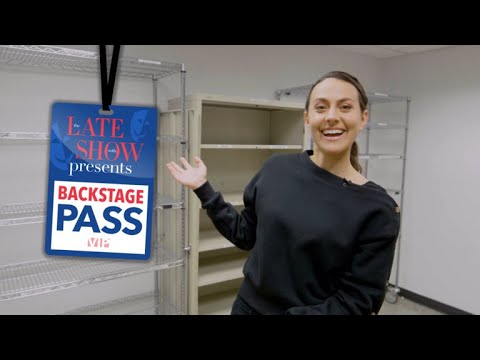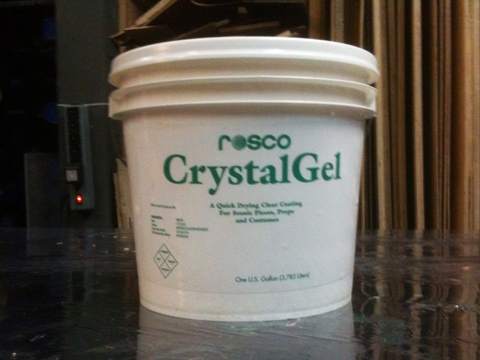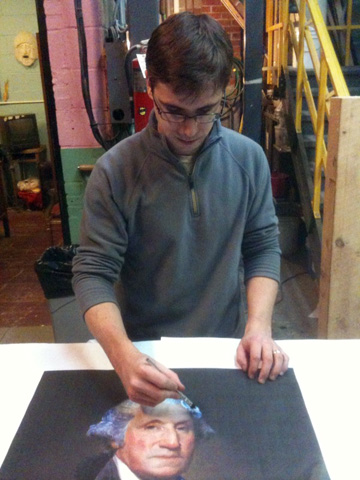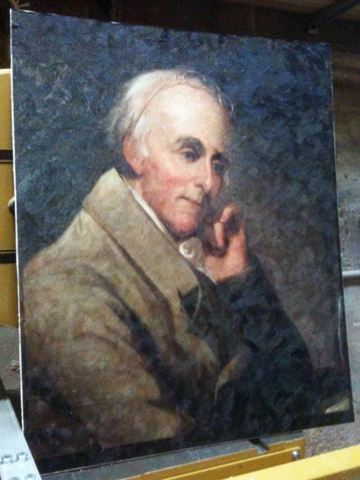Silver Ain’t Steel – But It Can Be! How To Paint A Faux Steel Effect – Over at the Rosco Blog, Angelique Powers shows us how she came up with some convincing steel surfaces using only paint.
Quantum Creations FX’s Fallout Pip-Boy Prop – Tested takes their video cameras to Monsterpalooza, where they chat with Christian Beckman, founder of Quantum Creation FX. He shows off a Pip-Boy prop they fabricated for a Fallout commercial, as well as a custom spacesuit they constructed specifically for the trade show.
Late Show Backstage Pass: The Invisible Props Department – In lighter news, Stephen Colbert brings us a day in the life of Sarah, the head of the Late Show’s “invisible props” department.
Pro-tips for Painting Pretty Patinas -Â Angelique Powers brings us another article over at the Guild of Scenic Artists’ page, this time showing some cool techniques for faking patinas and verdigris on metallic surfaces.
Woodworking from the ‘Bone Age’ – Chris Schwartz unearths this great article on how archaeologists attempt to recreate ancient woodworking techniques using ancient tools to help them understand some of the artifacts they discover.





